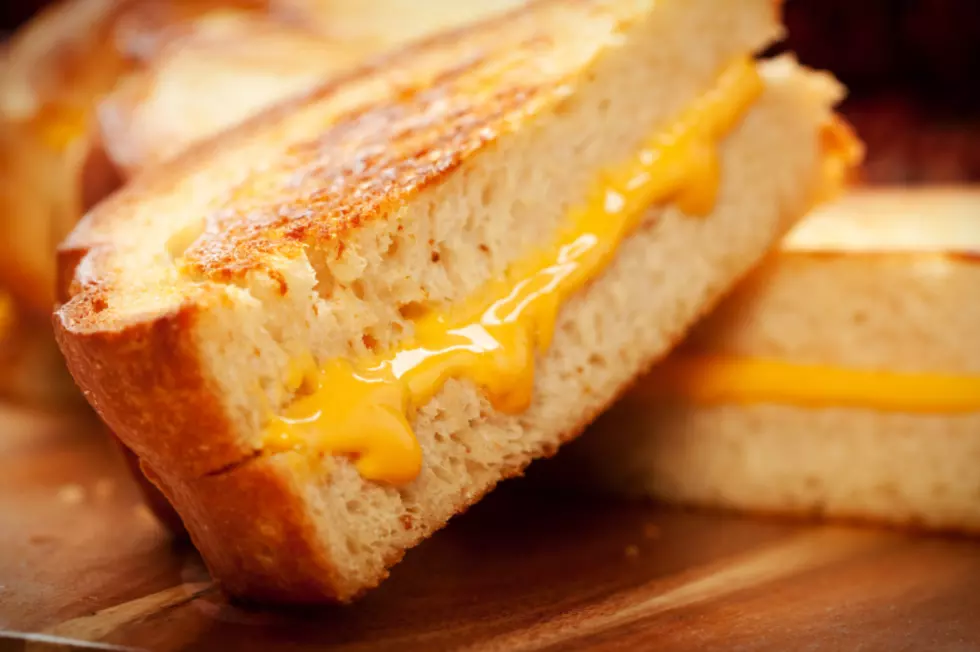
What is Your Favorite Cheese? – Survey of the Day
Here recently I seriously considered giving the vegan lifestyle a try. Not because I don't like meat, not because I have ties to PETA, and not because I am a hippy. I actually just wanted to broaden my horizons and try something different for awhile. Then it donned on me that if I were to be a vegan I could no longer eat cheese... Forget that idea! Today is National Cheese Day and I am celebrating, like I do almost everyday! From cheese soufflés to good, old-fashioned processed American sliced cheese, what is your favorite?
To celebrate National Cheese Day here are some cheesy facts!
- Did you know that there are over 2,000 varieties of cheeses! Sureeee Enough! This information is heaven for us cheese lovers.
- Did you know the #1 cheese recipe in America is "Macaroni and Cheese"
- Did you also know that "Macaroni and Cheese" is on the Top 10 list of childrens favorite foods? Well it surrre isssss! It's everybody's childhood favorite and its been served since the late 1700's.
- CHEESE HOLES: The most recognizable characteristic of Swiss cheese is its holes which punctuate the pale yellow exterior. These holes, also called "eyes," are caused by the expansion of gas within the cheese curd during the ripening period.
- MOLD: Mold may develop on the surface of cheese. Although most molds are harmless, to be safe, cut away 1/2 inch of cheese on all sides of the visible mold. Use remaining cheese as quickly as possible.
- Did you know that what appears to be the remains of cheese has been found in Egyptian tombs over 4,000 years old!
- The terms "Big Wheel" and "Big Cheese" originally referred to those who were wealthy enough to purchase a whole wheel of cheese.
- Cheese takes up about 1/10 the volume of the milk it was made from.
- Greek historian Xenophon (430?-355? B.C.) mentions that goat cheese had been known for centuries in Peloponnesus.
- The first cheese factory to make cheese from scratch was started in Rome, New York in 1851 by Jesse Williams. He had his own dairy herd and purchased more milk from other local farmers to make his cheese. By combining the milk and making large cheeses he could produce cheese with uniform taste and texture. Before then, companies would buy small batches of home made cheese curd from local farmers to make into cheese, each batch of curds producing cheese with wide differences in taste and texture from one another.
- Cheddar, Cheshire and Leicester cheeses have been colored with annatto seed for over 200 years. Carrot juice and marigold petals have also been used to color cheeses. Coloring may have originally been added to cheese made with winter milk from cows eating hay to match the orange hue (from vitamin A) of cheeses made with milk from cows fed on green plants.
- A giant wheel of Cheddar cheese was given to Queen Victoria (1837-1901) for a wedding gift. It weighed over 1,000 pounds. A normal Cheddar wheel weighs 60-75 pounds.
- Almost 90% of all cheese sold in the United States is classified as a Cheddar type cheese.
- Chevre is French for goat and refers to cheese made from goat's milk.
- Americans are eating more cheese than ever. In 2003, American s consumed 8.8 billion pounds of natural cheese. On a per capita basis, the average American ate 30.6 pounds of natural cheese in 2003. That's four pounds more per person than in 1994 and 19.5 pounds more than in 1970. Overall, Americans ate 1.8 billion pounds more cheese in 2003 than in 1994. Approximately half of that increase was supplied by California, the fastest-growing cheese producer.
- Americans are stuck on mozzarella. It will be no surprise to pizza lovers that the single most frequently eaten cheese is Mozzarella, which recently edged past Cheddar in popularity. Americans ate 2.8 billion pounds of gooey Mozzarella in 2003, the majority of which came from California, the country's largest producer. Cheddar was a close second and we ate 2.7 billion pounds of that.
- Americans purchased $40 billion worth of cheese last year. The market value of all cheese consumed in the U.S. was nearly $40 billion in 2003. In addition to supermarket sales, this includes cheese sold through restaurants and fast food outlets, as well as the cheese sold as ingredients in frozen and packaged foods.
- America has 440 cheesemakers.This includes more than 350 producers of specialty, artisan and farmstead cheeses. While most states have at least one cheese plant, more than two-thirds of the specialty cheesemakers in the country are located in just three regions - California, Wisconsin and New England. Many cheesemakers now invite visitors to stop by and sample cheese and learn more about Cheesemaking practices. For a visitor's map to California cheesemakers.
More From 94.3 The X









